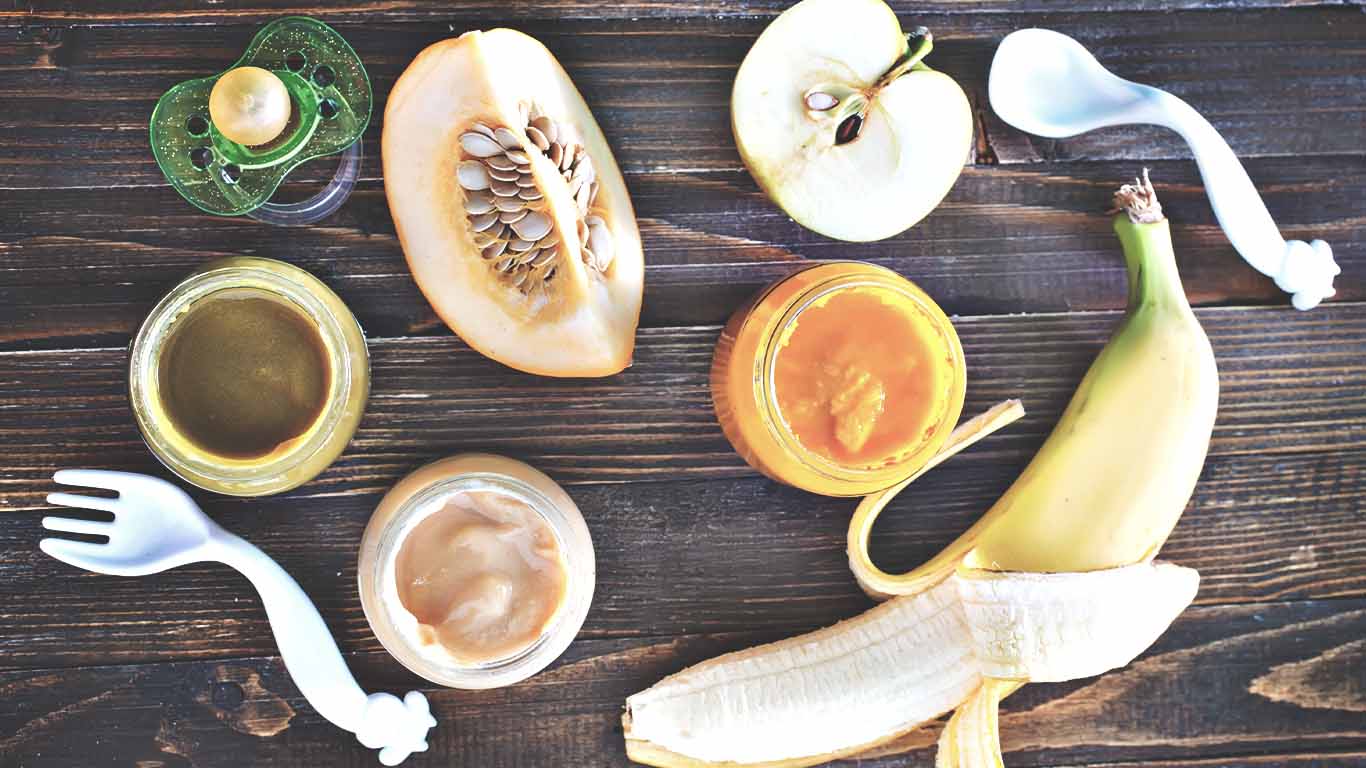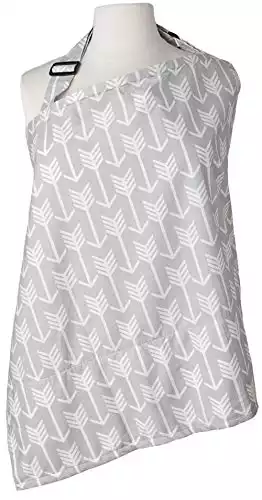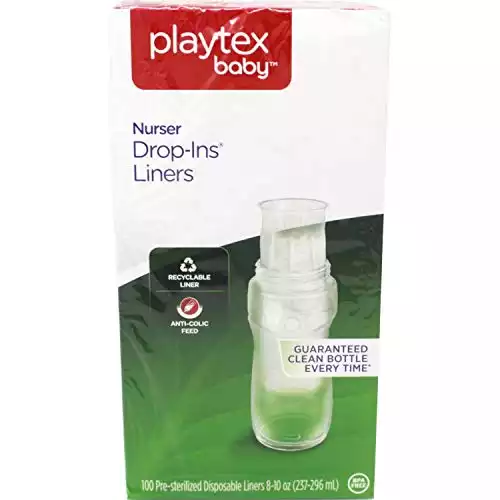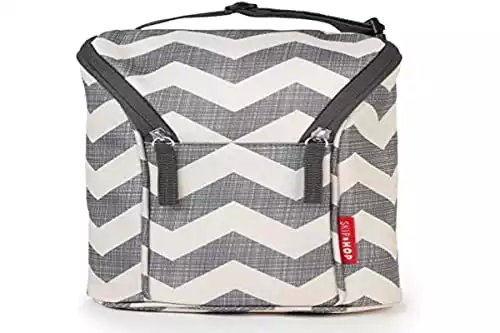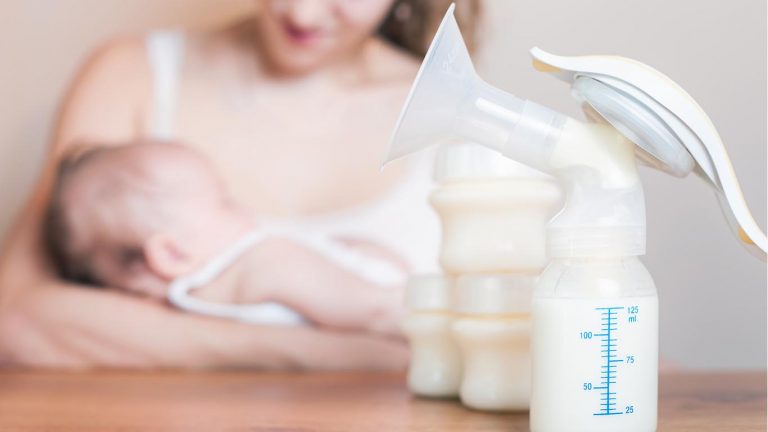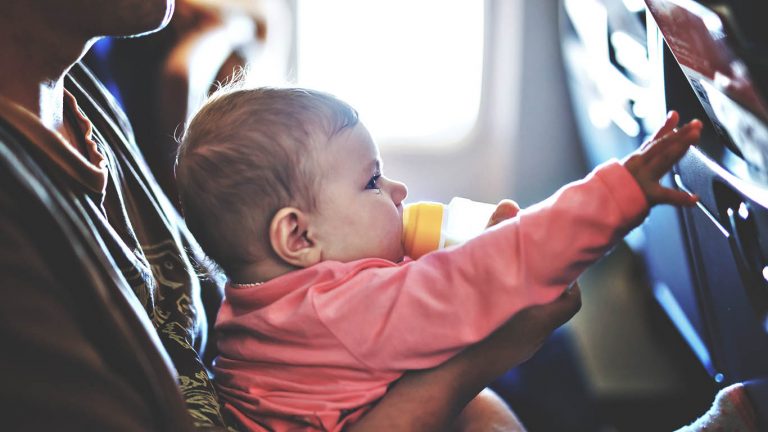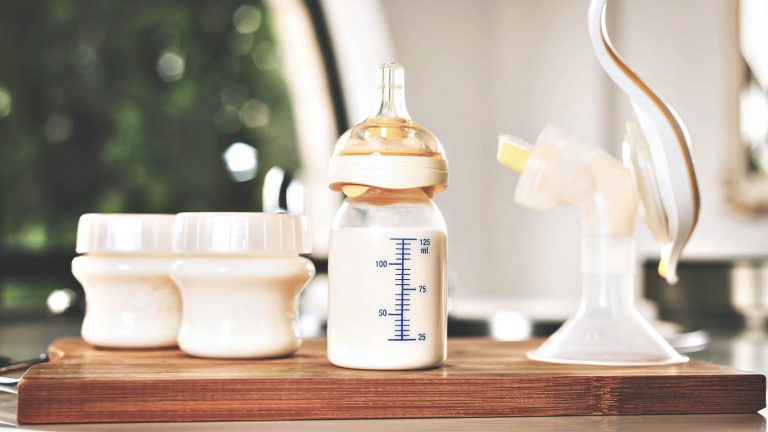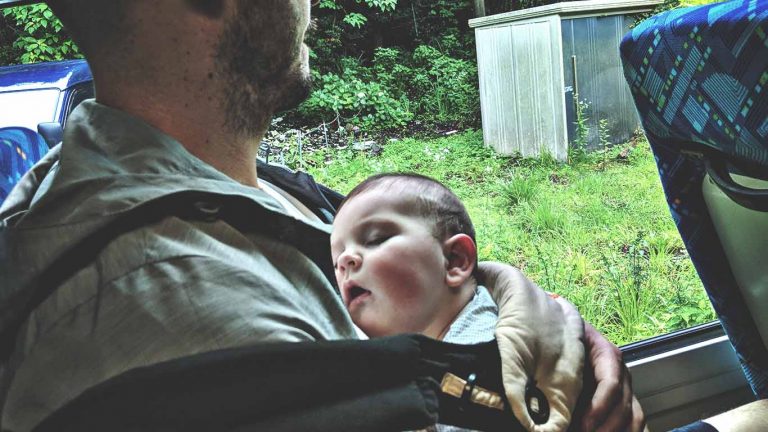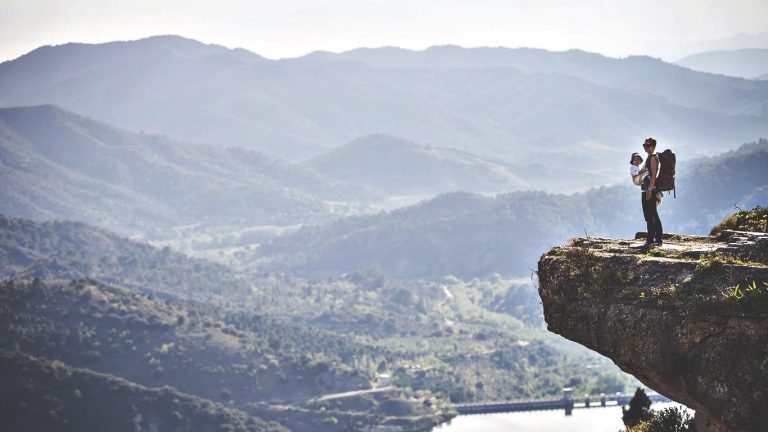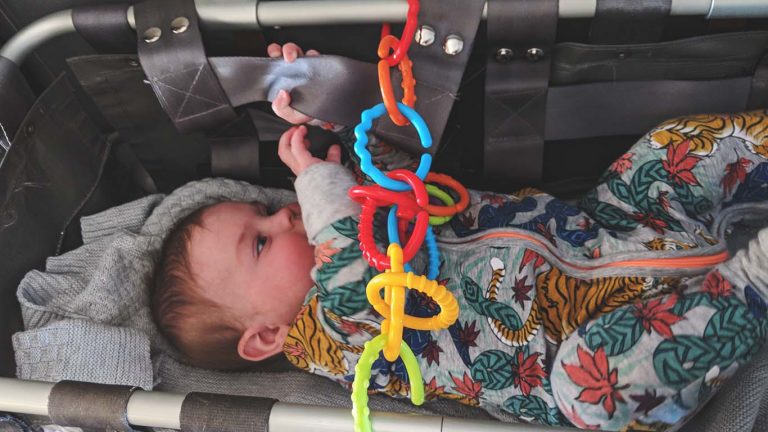As you well know babies have certain dietary requirements, and while we might be fine with forcing down plane food, its not going to cut it for bub.
Packing together all the necessary baby food for your vacation can be really daunting, especially if its your first time.
To help reduce any stress (and anxiety if you’re like me) we’ve put together a guide to help you organize what to bring on your travels for that little one who’s breast fed, bottle fed, or requires special foods.
Breastfeeding on holiday
First of all lets get this straight, you have every right to breastfeed your baby. Don’t worry abut public judgment, do what you and your baby need.
Exclusive breastfeeding can actually make traveling light a possibility. You have what your baby needs with you all the time. Finding quiet spots to nurse can be difficult, but there are ways to work around that. If you are traveling with friends, make sure they know ahead of time that you will need feeding breaks and easy excursions.
If you are flying on your trip, you’ll likely be breastfeeding at the airport and on the plane. Here are a few things to think about:
- Ask about nursing spots in the airport – They aren’t always available, but some airports are more accommodating for nursing mums than others.
- Make your own nursing spot – Find an empty gate and set up a little privacy nest for you and your baby.
- Book the window seat – If you need to feed on the plane, consider getting a window seat for added privacy.
- Breastfeed at the right times – Breastfeed during takeoff and landing to help baby alleviate the pressure that builds up on the ears.
- Pack a nursing cover – Find a comfy nursing cover if you want some added privacy for you and the baby.
- Get a travel pillow – Look into purchasing an inflatable breastfeeding pillow that folds down to stash in your diaper bag.
If you want more information about pumping while traveling, we have a more detailed guide you can check out here as well as our guide to the best breast pumps for travel.
Here are some tips to successful breastfeeding at your destination:
- Stay hydrated- Airplane travel makes us dehydrated. Keep a bottle of water with you at all times. Pack an empty insulated water bottle, and fill it up after you pass through security. I also recommend taking a tube of electrolyte tablets with you (that you can pop in to a glass of water). When we finally got to our hotel in Japan after a day of travel I was virtually incapacitated with dehydration and had never been more grateful of anything. These are also super handy should you get a nasty gastro or migraine. (or hangover)
- Nursing tops – Investing in some quality nursing tops and packing other clothes that are easy to nurse in, like a tank top underneath your shirt This will allow you to nurse in public comfortably and help you and the baby feel more at ease.
- Check Water Quality – Only drink bottled water if you are nervous at all about water quality.
- Eat properly – You can eat anything while breastfeeding, but try avoid foods that you have learned affect your baby and maybe don’t be too adventurous.
Using bottles and formula while traveling
A bottle fed baby requires different equipment than that of a breastfed baby, and a little more organisation. Below you’ll find a list of what I think will help you to successfully travel and bottle feed your baby.
- Baby Bottles – If you’re flying bring enough full bottles to last your flight, plus two more in case of delays. In terms of the rest of the trip, I always bring enough bottles for one full day plus two. That way if I don’t have time to sterilize and fill all the bottles by the next day I’m not caught out. If your baby will drink from these, check out using bottles with disposable bottle liners for easy clean up while traveling.
- Formula or Expressed Breast Milk – Again if you are flying you will need enough formula or bottled breast milk for the flight plus extra in case of delays. You might consider buying pre-measured 4 oz. packets, like Similac and Enfamil offer. You could also purchase a formula dispenser to use on the go. Stash the formula dispenser in your carry on bag and a bigger can of formula in your checked luggage. (I use formula dispensers every time I leave the house and they are amazing)
When travelling I have always taken with me and used our regular formula. Little tummies can be sensitive and I’ve been a little way about changing formula (especially on a trip).
However you might think it’s easier to buy ready-made formula cartons to avoid having to find sterilized water. Downsides being that these might not come in your regular formula, be bulkier in your bag and are more expensive.
Here are some things that you will likely need to consider packing:
- Insulated Cooler – If you are bringing bottled breast milk, you will need a cooler to keep the breast milk cold on your flight. This Skip Hop Grab and Go insulated bag is a handy bottle cooler that snaps on your stroller as you move about the airport.
- Ice Packs– Some ice packs will make it through airport security, but some gel packs might get discarded if they are slushy. Some moms recommend using a bag of frozen vegetables*, like peas, as an ice bag because its contents will remain solid upon thawing. If nothing else, you might also pack some extra ziplock bags to fill with ice from the airport or the plane.
- Burp Cloths/ Wipes – Have plenty of these handy for spit up and spills.
- Bottled Water – You can bring water that is sterilized from home that will last you until you get to your destination when you can get more. For more info specific to bottle feeding and flying check out our post here.
- Bottle Brush/Travel Dish Soap – You’ll need to pack a bottle brush and a travel size dish soap to use once you arrive at your destination.
- A Sterilization Method – If you know you’ll have a microwave available once you arrive at your destination, you might look into purchasing these sterilizing bags from Munchkin Latch for your bottles. However most hotel rooms probably wont have a microwave, so you can look into cold water sterilizing method like this one from Milton. You can also purchase stand alone sterilizing tablets that you can use with your own tupperware (my preferred method). For more detail on sterilizing baby gear while travelling see our post here.
Tip from a pro:
Room Temperature Bottles: I agree with this post that the best mum trick I’ve ever followed was getting my baby used to room temperature bottles. This saves so much time and stress when you are away from home, but it’s a handy trick for regular at-home feedings as well.
Traveling with a baby eating solids*
When traveling with a baby that is on solids, I really think it depends what stage they are at and where you are going.
If your baby is only in the early stages of eating solids it’s a lot easier, you can just pack a couple packets of food you know they’ll eat!
When bubba has graduated on to more textured and finger foods then if you’re comfortable you can always find a market at your destination and get their food there. Just bring all the food plus extra they will need until you can stock up more.
I will be even easier to travel for those of us who just feed baby from our own plate!
Just a couple of other things to consider for you packing list:
- Plastic bowls
- Feeding spoons
- Wipe-off bibs
- Extra wipes
- Travel high chair
Short Trips Versus Longer Trips
If you are traveling for a short getaway, like three days or less, you might find it easier to pack some store bought baby food. However, if you are traveling for a longer vacation and normally make your own baby food, it would be easier to make your food upon arrival at your destination city.
Let’s look at some of the pros and cons of using store bought baby food versus homemade while you are traveling.
Pros of Homemade Baby Food:
- You can regulate the consistency yourself.
- Your baby learns to get used to your own cooking methods and tastes.
- Making your own food is more economical in the long run.
- Homemade baby food smells and tastes so much better than jarred baby food!!
Cons of Homemade Baby Food:
- You’ll need to pack a cooler to keep already made food chilled.
- You’ll need access to a blender to puree food at the early stages of solids.
- You’ll need the time to cook up some baby food.
- Jarred baby food has a ton of varieties and flavors that you might not want to make.
If you have burners in your accommodation you could steam veggies (like sweet potatoes and squashes) in a pot and then use a travel blender or Baby Bullet to puree your vegetables, adding water or your preferred milk to get the right consistency.
You could also look at buying a manual food mill or a baby food masher to grind your baby’s food wherever you are – either of these products would be great at a restaurant or a hotel room.
When your baby can handle the chunkier consistencies, you could buy fruits and veggies that are easy to mash up, like bananas and avocado. Those are easy for you to prepare, simply mash with a fork.
Greek yogurt can be great at this stage if you are open to feeding dairy to your little one. Greek yogurt is a portable food, packed with protein, and the perfect consistency.
Another great option for traveling would be a warm cereal like oatmeal or porridge.
Tips for traveling if your baby has a food allergy
If your baby is still being introduced to new foods, you may not be aware of any food allergies. I would recommend being extra careful at restaurants so that you know exactly what you are feeding your baby. A mild food reaction can be treated with some over the counter baby antihistamine, but a severe reaction would require medical attention.
If your baby has a known food allergy, you will need to be extra careful about reading labels and ordering at restaurants in your city. Look into packing your own baby food.
You could freeze it solid before you leave, and it stays solid in a cooler. Then, you can pull out frozen cubes of food in the morning, and the food will thaw as you go about your day.
Honestly, packing your baby’s food before heading to a restaurant is not only safer if you are concerned about allergies. It’s also so much cheaper! The baby is happy with familiar food, and you are happy to know that your kid is safe.
If you’re traveling internationally to a country where you don’t speak the predominant language then I reccommend learning the names (verbal and written) of any allergies your family needs to be aware of. I have a friend who knows the word(s) for peanut in about 10 languages!
*If you are bringing your own baby food and traveling internationally, just be aware of bio security laws at your destination. Countries like Australia and New Zealand are particularly tough.
Now that you have a guide to consider for preparation for baby food while traveling, its time to get packing!
Have you traveled recently with your baby? What are tricks and strategies you used for feeding times? Let us know in the comments and, as always, share this post with others if you liked it.
